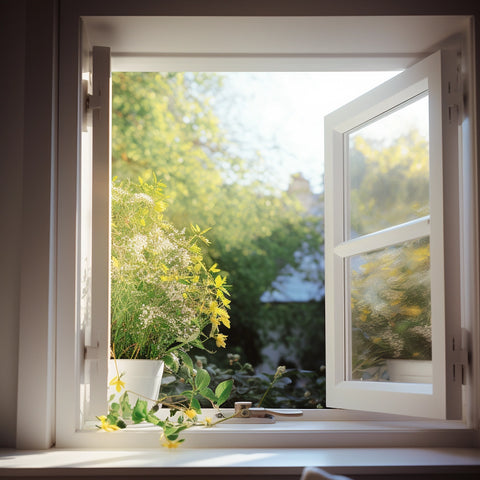Say Goodbye to Allergies: A Guide to Allergy-Friendly Furniture and Living Spaces
Itchy eyes, runny nose, cough – allergy sufferers know these struggles all too well. Beyond airborne allergens, the very furnishings we cherish can contribute to our discomfort. Discover how you can create a home that promotes not just style but also your well-being.
1. Embrace Ecological Cotton
Give your allergies a rest! Choose furniture with ecological cotton lining to create a shield against dust mites and mold. This dense fabric provides insulation, ensuring a comfortable and allergen-free inner sofa.

2. Natural Wood, Natural Comfort
Wood, pure and simple! Opt for furniture crafted from regional natural wood – think fir, pine, or spruce. These woods often require minimal chemical treatment, contributing to a healthier indoor environment. Keep an eye out for the FSC label, your assurance of sustainable timber.
3. Upholstery Matters
Comfort without compromise! Seek anti-allergenic upholstery materials, such as foam made from natural sources or breathable wool. Your sofa can be a sanctuary if it's designed with your well-being in mind.
4. Wall Woes: Paints and Wallpapers
Watch out for the walls! Wall paints and wallpapers can harbor allergens. Choose lime or silicate paints over solvent-heavy options, and opt for woodchip or paper wallpapers to minimize allergen retention.
5. Carpet Choices
Step lightly, breathe freely! Opt for low-pile carpets to reduce the risk of allergens getting trapped. Easy-to-clean floors that can be swept or damp-mopped regularly are your allies in the fight against allergies.
6. Master the Art of Ventilation
Let the fresh air in! Regular, intensive ventilation is key. Invest in pollen screens and air purifiers for high-allergen days. Say goodbye to stale air and allergens with a well-ventilated living space.

7. Control Temperature and Humidity
Strike a balance! Maintain optimal room temperature and humidity levels to deter dust mites and mold. A hygrometer and thermometer are your tools for mastering the indoor climate.
8. Mattress Magic
Sleep tight, breathe right! Choose a mattress with a washable, breathable cover. Regularly wash bedding at 60 degrees to keep allergens at bay. Your mattress can be a sanctuary for a good night's sleep.
9. Air Circulation Wisdom
Let it flow! Arrange your furniture to encourage air circulation, eliminating damp or dusty corners. Equip your vacuum cleaner with a HEPA filter for effective dust and allergen removal.
10. Furry Friends: Manage Allergies
Pet-friendly without the fuss! If you're a pet lover dealing with allergies, cleanliness is your ally. Regular cleaning and a pet-free bedroom ensure a good night's sleep without compromising on companionship.
Conclusion: A Breath of Fresh Living
Create a home that breathes with you, not against you. By selecting the right furniture and adopting smart living practices, you can transform your space into a haven for those with allergies. Say hello to a life where style and well-being coexist harmoniously!